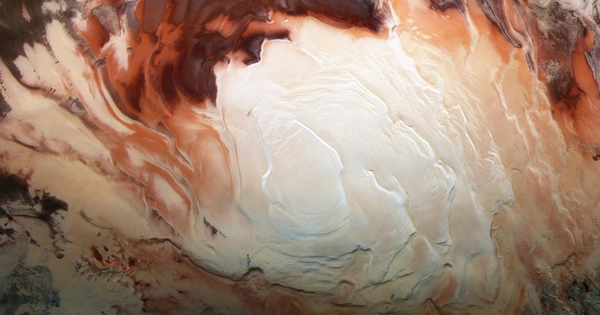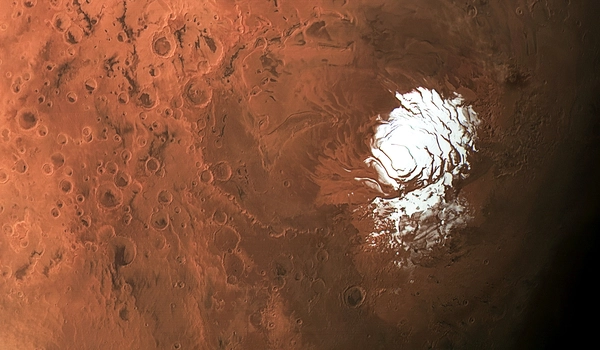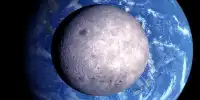The hunt for Martian life is beginning to bear fruit. The Curiosity rover’s rock samples appear to have traces of an essential element of life as we know it. This does not imply that Curiosity has discovered tiny green men on Mars, though that would be more noteworthy; rather, researchers analyzing the rover’s samples have for the first time determined the total organic carbon, a crucial element in the molecules of life, in Martian rocks.
According to Jennifer Stern of NASA’s Goddard Space Flight Center, “Total organic carbon is one of numerous metrics [or indices] that help us determine how much material is accessible as feedstock for prebiotic chemistry and maybe biology.” At least 200 to 273 parts per million of organic carbon were discovered. This is on par with, or even higher than, the amount found in rocks from extremely harsh environments on Earth, such as some areas of the Atacama Desert in South America, and even exceeds the amount found in meteorites from Mars.

All known living forms need organic molecules, which are produced and utilized by organic carbon, which is defined as carbon coupled to a hydrogen atom. However, it may also be produced by inanimate objects like volcanoes or meteorites, which is what Curiosity’s Earthly counterparts believe may be the cause of this incident. Although carbon has been discovered on Mars before, as noted by NASA, earlier measurements only managed to capture a small part of the carbon in the rocks. The quantity of organic carbon contained in the rocks as a whole was measured for the first time, and this information sheds light on the proportion of carbon in organic components.
The samples were taken in 2014 from mudstone rocks in Gale Crater’s Yellowknife Bay formation that date back 3.5 billion years. Since the rover’s arrival on Mars in 2012, it has been investigating the crater because evidence suggests that a large lake once existed there roughly 3.7 billion years ago and since life, as we know it on Earth, needs water. The samples were examined by the rover by converting the organic carbon in the samples to carbon dioxide using oxygen and high heat (CO2). The equipment can determine the precise isotope ratio and the amount of organic carbon in the sample from the amount of CO2 measured, which aids scientists back home in understanding the origin of the carbon.
In the National Academy of Sciences Proceedings this week, they presented the results of their research. According to Stern, the isotopic composition in this scenario can only actually tell us how much of the total carbon is made up of organic carbon and how much is made up of mineral carbon. The spectrum of isotopes coincides with igneous (volcanic) carbon and meteoritic organic material, the sources of this organic carbon that are most plausible, thus while biology cannot be totally ruled out, it also cannot be used to suggest a biological origin for this carbon.
This does not imply that Curiosity will give up seeking for life. One of our best options is still Gale Crater. It contains additional components necessary for living in addition to the liquid water and organic carbon that we now know it to have, such as sulfur, nitrogen, and oxygen. In essence, Stern stated, “this place would have provided a livable habitat for life, assuming it had existed.”















